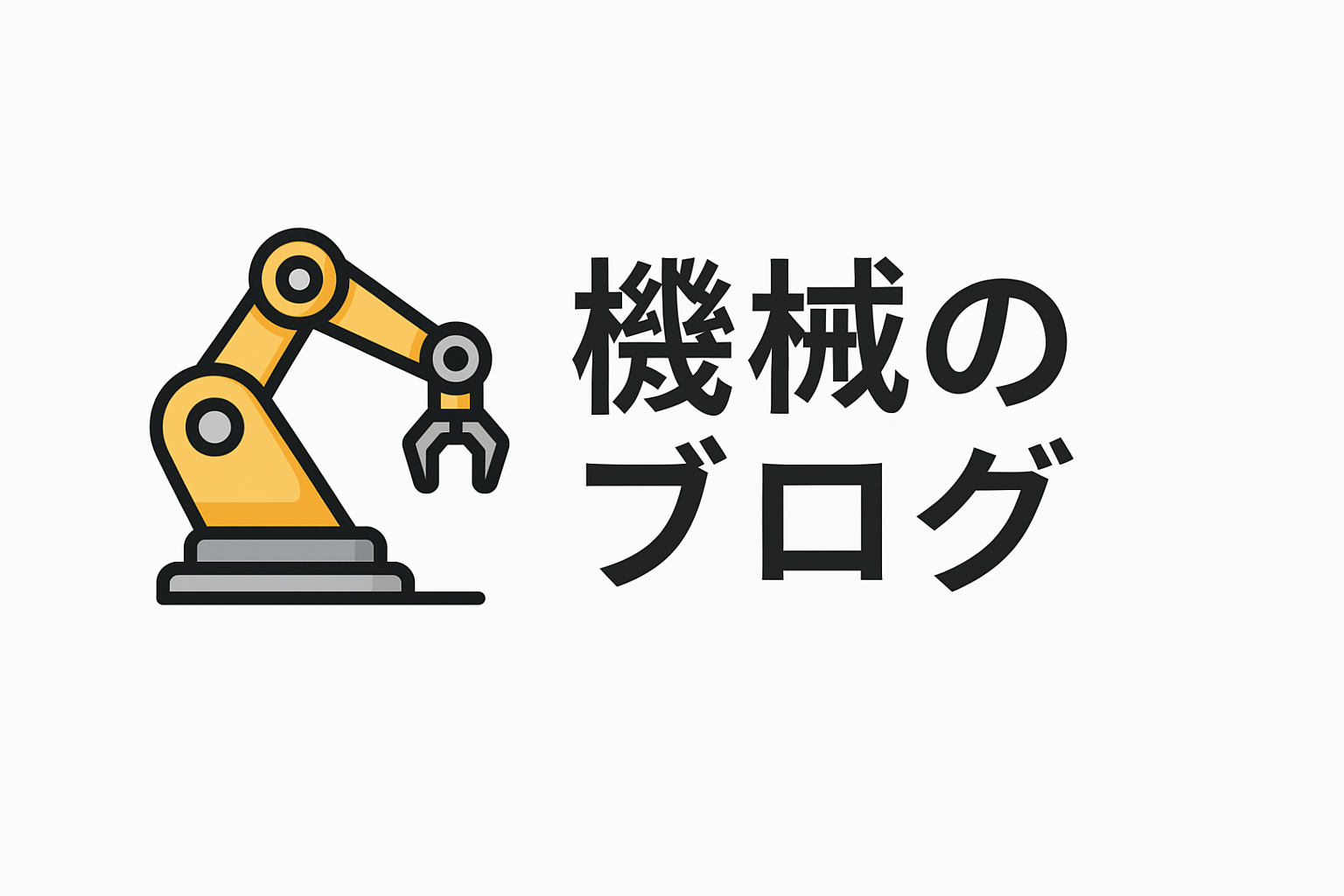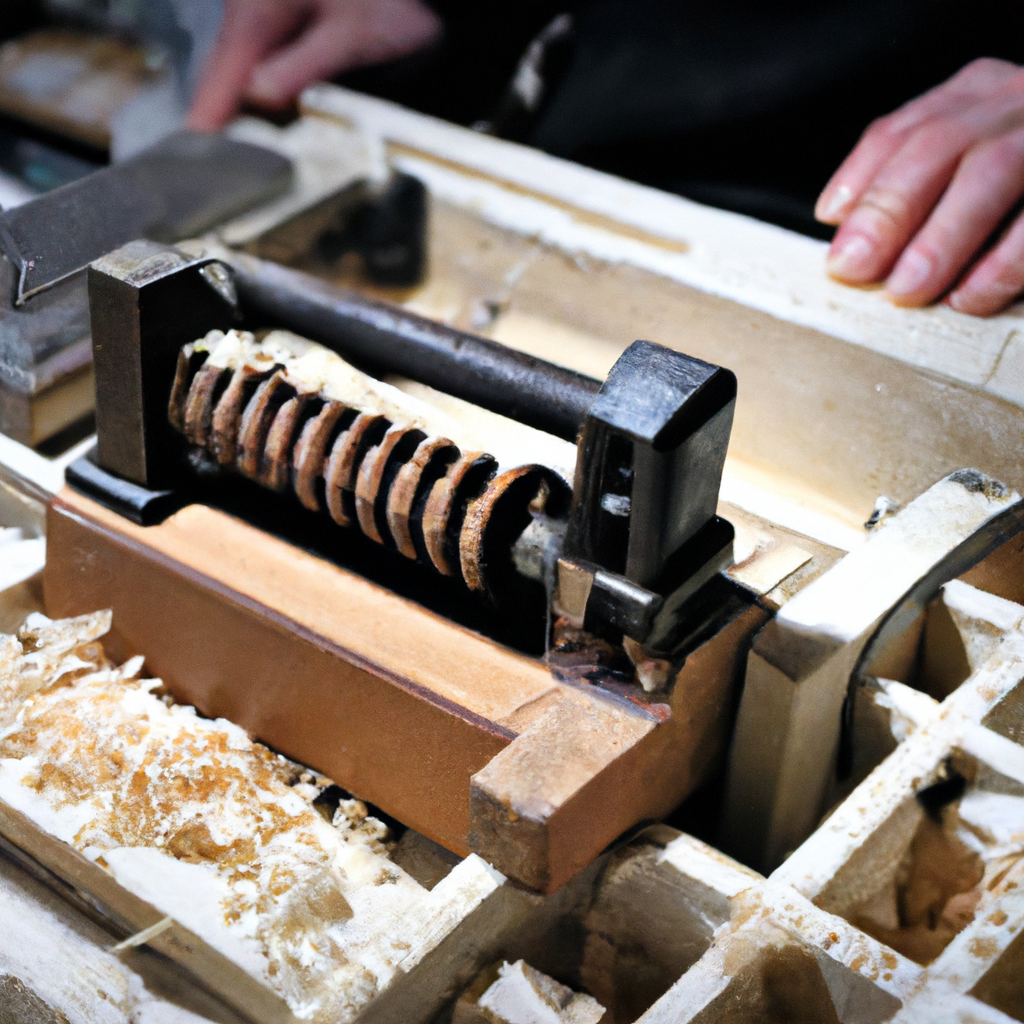Mastering Craftsmanship: The World of Advanced Machine Tools
In the fascinating realm of manufacturing, advancements in technology continuously redefine the boundaries of what’s possible. At the heart of this evolution are advanced machine tools—pivotal instruments that empower precision, efficiency, and innovation. This article delves into the world of these sophisticated tools, exploring their impact on craftsmanship and the manufacturing industry as a whole.
Section 1: The Evolution of Machine Tools
The journey of machine tools from simple mechanical devices to the sophisticated systems we see today is a testament to human ingenuity. Initially, machine tools were manually operated and relied heavily on the skill of the craftsman. However, the industrial revolution brought significant changes, introducing steam power and later, electric power, which led to increased productivity and precision.
The 20th century witnessed the integration of electronics, leading to the development of CNC (Computer Numerical Control) machines. These machines transformed manufacturing by enabling automated and highly precise operations. Today, the integration of digital technologies such as IoT (Internet of Things) and AI (Artificial Intelligence) is further revolutionizing machine tools, making them smarter and more efficient.
Section 2: Key Features of Advanced Machine Tools
Modern machine tools are characterized by several key features that enhance their functionality and precision. One of the most important is automation. With CNC technology, machine tools can perform complex tasks with minimal human intervention, drastically reducing the potential for errors and increasing production speed.
Another critical feature is adaptability. Advanced machine tools are designed to be flexible, allowing them to perform various tasks without the need for significant reconfiguration. This is often achieved through modular designs and the use of interchangeable components.
Precision is also a hallmark of advanced machine tools. With the ability to work at tolerances of micrometers, these tools ensure that manufactured parts meet exact specifications, which is essential in industries where precision is critical, such as aerospace and medical device manufacturing.
Section 3: The Role of Advanced Machine Tools in Industry 4.0
Industry 4.0 represents the fourth industrial revolution, characterized by the fusion of digital, physical, and biological systems. Advanced machine tools are at the forefront of this transformation, integrating with smart manufacturing systems to create highly efficient and interconnected production environments.
Through IoT, machine tools can communicate with other devices, enabling real-time monitoring and data analysis. This connectivity allows manufacturers to optimize maintenance schedules, reduce downtime, and improve overall efficiency. Furthermore, the use of AI algorithms helps in predictive maintenance, ensuring that machines are serviced before a breakdown occurs, thereby prolonging their lifespan and reducing costs.
Section 4: Enhancing Craftsmanship Through Technology
While technology enhances manufacturing capabilities, the essence of craftsmanship remains rooted in human creativity and skill. Advanced machine tools bridge the gap between traditional craftsmanship and modern manufacturing, allowing artisans and engineers to bring their designs to life with unparalleled precision and efficiency.
For instance, in the production of custom parts, these tools enable the creation of intricate designs that would be impossible to achieve manually. They also facilitate rapid prototyping, allowing designers to quickly iterate and refine their products. This fusion of technology and craftsmanship results in high-quality products that meet the demands of today’s discerning consumers.
Section 5: Challenges and Opportunities in the Field
Despite their many advantages, advanced machine tools also present several challenges. One of the primary concerns is the high initial investment required for acquiring and setting up these machines. Additionally, the complexity of these systems necessitates specialized training for operators, which can be a barrier for some manufacturers.
However, these challenges are outweighed by the opportunities that advanced machine tools offer. By investing in these technologies, manufacturers can significantly enhance their production capabilities, reduce waste, and improve product quality. The ability to quickly adapt to changing market demands and produce customized solutions also provides a competitive edge in today’s dynamic market.
Conclusion: The Future of Craftsmanship in Manufacturing
As we look to the future, the role of advanced machine tools in manufacturing will only continue to grow. These tools are not just about enhancing productivity; they represent a fundamental shift in how products are designed, developed, and brought to market. By embracing these technologies, manufacturers can unlock new levels of creativity and innovation, ultimately redefining what is possible in the world of craftsmanship.
In conclusion, the mastery of advanced machine tools is essential for any manufacturer looking to thrive in the modern industrial landscape. As these tools evolve, they will undoubtedly lead to more efficient, sustainable, and creative manufacturing processes, paving the way for the next generation of craftsmen and women.

